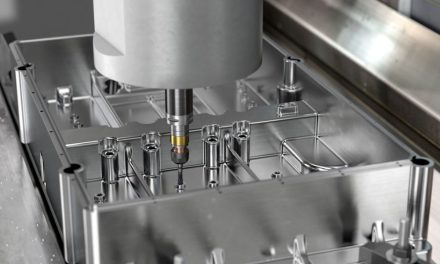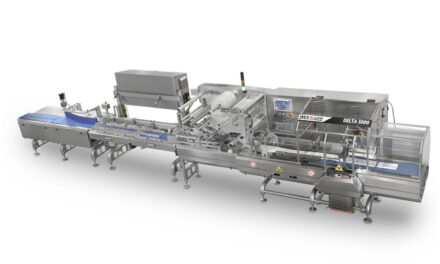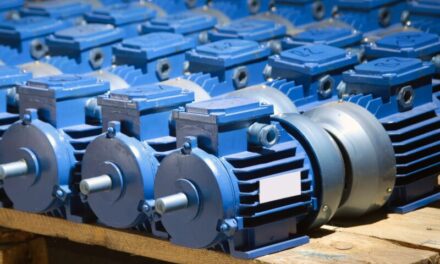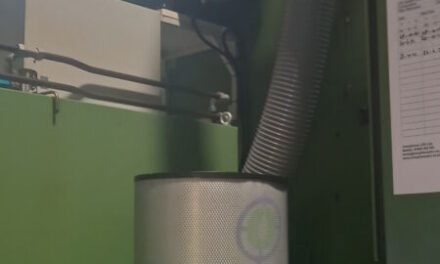Bearing buyers often request bearings with a lifespan of up to 100,000 hours of operation. While the bearing manufacturer has done its own testing to validate the lifespan against different loads, it doesn’t paint the whole picture of how a bearing will endure the buyer’s specific application. Here Chris Johnson, managing director at specialist bearings supplier, SMB Bearings explains how sophisticated bearing simulation software can be used to support application specific bearing design and analysis processes.
Bearings can be plagued with numerous causes of failure across their lifespan, including misalignment, reverse loading, false brinelling, overheating, contamination and lubrication failure. The sheer number of variables in a given bearing application can make bearing failure difficult to predict. For example, a bearing used in a robotic application may outlive the equipment it is installed in. Yet the same bearing used in the same robot, in a high temperature application, could fail due to unsuited lubrication.
More positively, approximately 90 per cent of bearings outlive the equipment in which they are installed and only 0.5 per cent of bearings are replaced due to damage or failure. So how can simulation software help predict and counteract this small percentage of failures that cause havoc on processes?
Using bearing simulation software, bearing performance, life and reliability can be extended beyond what was achieved a decade ago without undertaking expensive time-consuming laboratory or field tests. Advanced, integrated analysis of rolling element bearings can give unrivalled insight into bearing performance, enable optimal bearing selection and avoid premature bearing failure.
Bearing simulation software is not only useful in the bearing sizing and selection stage but also in identifying potential equipment problems. For example, if an increase in heat or vibration was detected within a machine, bearing software analysis could be used to identify how the components in the bearing were moving in response.
While single shaft simulation software may be more user friendly, complex software can allow engineers to build and simulate models with motors, gear, shafts, housings and bearings. Advanced fatigue life methods can allow the accurate prediction of element and raceway stresses, rib contact, edge stress, and contact truncation. They also allow full system deflection, load analysis and bearing misalignment analysis. This will give engineers the information to modify the bearing design to better accommodate the stresses resulting from the application.
Another clear advantage is that simulation software can reduce the amount of time and resources spent on the testing phase. This not only speeds up the development process but also reduces the expenses in the process. These tools will provide engineers with the insight required to design and select bearings for optimum performance and durability, as part of a whole system model. It also allows better collaboration between bearing designers, original equipment manufacturers (OEMs) and end users.
Bearing simulation software can be beneficial to design engineers working in a wide range of sectors, including automotive, marine, mining and food applications. The software is able to provide valuable insight into the finer details of the application. This is particularly important in demanding hostile environments. As software continues to become more sophisticated, it will play an integral role in ensuring bearings perform optimally in the design and testing stages.



